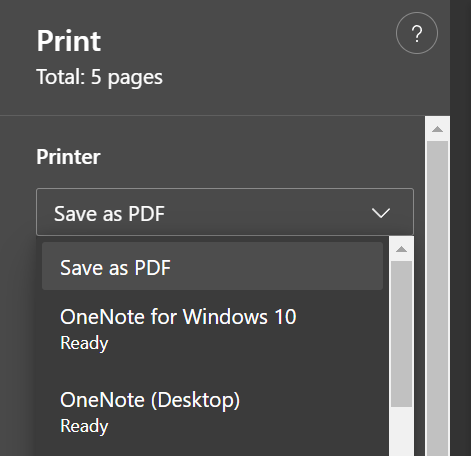Agricultural Approach
Utilizing System of Rice Intensification (SRI)
Climate Adaptation Effectiveness
SRI is a sustainable method for rice farming due to its low carbon footprint. It develops the following characteristics which make rice plants resilient to climate variability. (1) Larger and active root systems favoring water and nutrient uptake, and increase in soil organism activity; (2) Stronger and thicker stems; and (3) Larger, thicker, and more erect leaves with an open canopy for higher sunlight uptake of sunlight favoring leaf longevity [1] [10].
Climate Hazards
- Drought
- Extreme Heat
- Rain-Induced Flooding
Locations
- Esperanza, Sultan Kudarat, Region XII (SOCCSKSARGEN)
- Bagumbayan, Sultan Kudarat, Region XII (SOCCSKSARGEN)
- Alamada, Cotabato, Region XII (SOCCSKSARGEN)
- Pigcawayan, Cotabato, Region XII (SOCCSKSARGEN)
- Jabonga, Agusan del Norte, Region XIII (Caraga Region)
Adaptation Sectors
- Agriculture
CCET Instuments
- Action Delivery
Target Group based on Vulnerability
Basic Sectors:
Evaluations
Economic / Financial Effectiveness
Discussions with local farmers identified higher yields and lower production costs as the primary advantage of using SRI. However, there are disadvantages keeping from its widespread adaptation: (1) varying management conditions per area which demands a longer experimentation and trial period, (2) less market for harvested varieties, (3) large initial production cost, and (4) knowledge and labor intensive.
Technical Feasibility
In order to adopt SRI as a Climate Smart Agriculture practice, enough time and resources should be allotted to conduct research on the native rice varieties and the environmental conditions of each locality [6][8].
Social Acceptability
In the Philippines, food security, adaptation, and income production remain as the top priorities. Even if SRI is introduced primarily as a climate change mitigating practice, it would be best to highlight the livelihood component and show that it is well-supported by the local government. Farmers and locals are much more accepting of the new method or strategy with that knowledge [10]. In addition, it would be easier for farmers and locals to adapt the method through a grassroots approach on disseminating information like what Climate Resiliency Field Schools are doing. They implemented curriculums and training programs to improve the farmers capacities in sustaining their livelihoods in response to climate change [7].
Environmental Impact
SRI methods such as organic farming; introduction of different rice varieties, tillage and plowing methods; planting just the right amount of rice plants; and adding enough fertilizer have been reported to increase soil health and sustainability by keeping the soil organisms in favorable conditions [10]. SRI uses lesser amount of water (25-50%) but has an increased yield of 20-40% compared to the traditional rice flooding practice [4][5][9][11]. Several water conservation techniques, such as water-saving technology and controlled irrigation, have been developed to complement SRI to maximize its climate mitigating benefits.
Other Information
For the longest time, the cultivation of rice has been done traditionally in Asia. The evolution of rice planting techniques started from the utilization of high-yield varieties, chemical fertilizers, and pesticides which easily doubled the yield in Asian rice fields within 20 years. Eventually, ecologically-friendly and cost-efficient practices such as the SRI were developed. Outside of the Philippines, SRI methods have gained traction in several countries in Africa, Latin America, as well as in Southeast Asia [10]. It is currently promoted by the National Agricultural Research Systems.
Mitigation co-benefit
The essential mitigation co-benefit of employing SRI is the lowered emission of greenhouse gases (methane and nitrous oxide) from rice farming. Alongside SRI, midseason drainage and the use of organic fertilizer can be utilized to maximize its climate mitigating effect. Midseason drainage is an irrigation practice that removes water from the rice paddies in the middle of the rice growing season allowing the fields to dry up. This eliminates methane-producing organisms present in the stagnant water, decreasing methane emissions. When the soil gradually dries out and is aerated, nitrous oxide is emitted. Nitrous oxide-producing organisms can thrive as long as there are enough inorganic nitrogen sources in the soil. This is commonly found in chemical fertilizers. Its amount in the soil can be reduced by switching to organic fertilizers[10].
Keywords
resilient agriculture, rice intensification, accelerate growth, climate variability, System of Rice Intensification, SRI technology, water-saving practices. fertilization, smart agriculture
References
